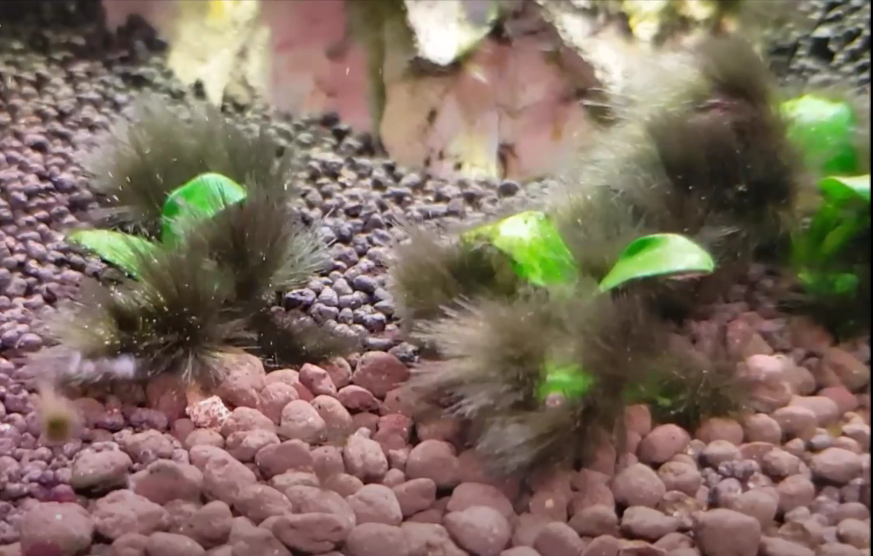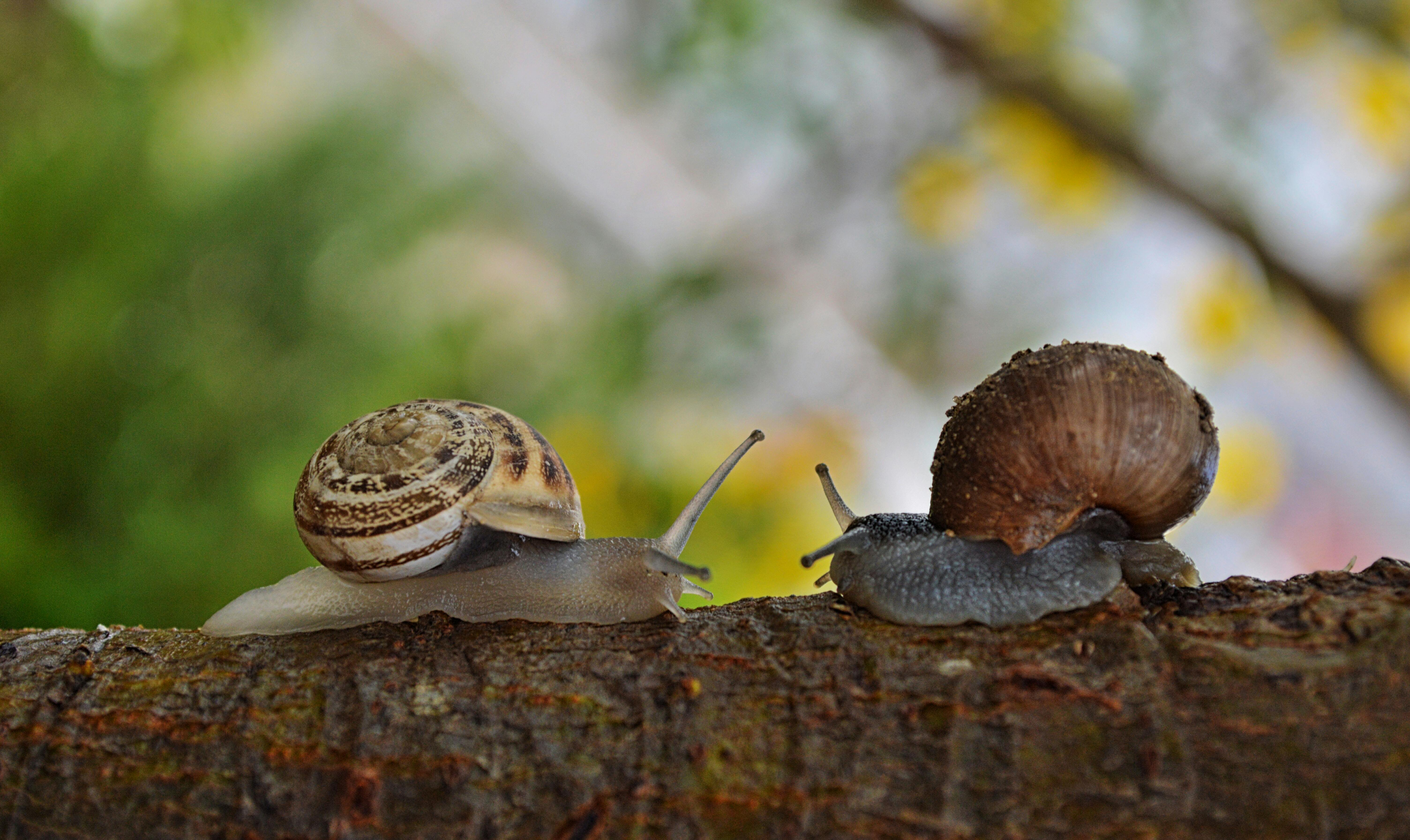Struggling with Black Beard Algae? Here’s Your Solution!
Is your aquarium struggling with a persistent case of black beard algae? You're not alone. This invasive algae is a common nuisance for fish tank enthusiasts.

But did you know that some aquatic creatures are more than willing to help you tackle the problem? Let’s dive into the creatures that feast on black beard algae and how you can incorporate them into your tank maintenance routine.
Meet the Algae-Fighting Allies
Black beard algae can make its unwelcome appearance in any aquarium, but several creatures find it quite appealing as a meal. Here's a lineup of nature’s little algae assassins that you might want to recruit into your tank:

- Amano Shrimp: These quirky critters are revered for their cleaning prowess. Not only are they excellent at munching on algae, but they also add a touch of character to your tank with their lively antics.
- Siamese Algae Eater: A popular choice among aquarists, Siamese algae eaters are diligent workers, especially great for handling stubborn algae patches.
- Nerite Snails: These efficient grazers are a great addition if you’re looking for a versatile cleaner. Nerite snails are known for their ability to consume various types of algae, including the dreaded black beard variant.
- Twig Catfish: With their elongated bodies and unique appearance, twig catfish aren’t just there for aesthetics. These fish are adept at cleaning plant leaves and tank surfaces.

Here’s a quick glimpse at how these creatures stack up:
| Creature | Algae Efficient | Tank Compatibility |
|---|---|---|
| Amano Shrimp | High | Community Tanks |
| Siamese Algae Eater | Very High | Non-aggressive Tanks |
| Nerite Snails | Moderate to High | Various |
| Twig Catfish | Moderate | Plant-Heavy Tanks |
Crafting the Perfect Algae-Fighting Environment
Before crowding your tank with these algae eaters, it’s important to set up the right environment. Make sure you provide adequate space and compatible tank mates. Keep in mind that while these creatures are great for algae control, maintaining a balanced ecosystem is crucial for their well-being and your tank’s health.
- Proper Nutrition: Ensure that your algae eaters are receiving the nutrients they need. While they love snacking on algae, supplemental feeding may be necessary for their overall health.
- Water Quality: Consistently monitor and maintain optimal water conditions. Even the best algae eaters can’t thrive in poor water quality.
- Varied Habitat: Introduce hiding spots and diverse plant life to simulate their natural habitats and keep stress levels low.
Your Role in Algae Control
Even with a team of diligent algae combatants, your role remains vital in keeping black beard algae at bay. Regular maintenance, consistent cleaning schedules, and balanced lighting all play a part in preventing algae buildup. Additionally, consider incorporating other strategies such as improving water circulation and using liquid carbon, which can help inhibit its spread. For more insights on that, check out this guide on how to get rid of black beard algae in the fish tank.

If you're keeping a cold water setup, you might also explore which clean-up crew members work best in cooler environments. This comprehensive piece on cold water algae eaters offers helpful suggestions to match your tank's specific needs.
Is adding one of these algae eaters to your tank on your list of tricks to tackle black beard algae? Or do you have other tips to share? Let us know in the comments how you’ve managed the ongoing battle against black beard algae in your aquarium!
Frequently Asked Questions
What tropical fish eat black beard algae?
Tropical fish such as Siamese Algae Eaters are well-known for consuming black beard algae. They can grow up to 6 inches as adults, so ensure they have adequate space in your tank. Other options include Flagfish, which are also effective but can exhibit aggressive behavior in community tanks.
Why does black beard algae grow in aquariums?
Black beard algae typically grow in aquariums with excess light, high nutrient levels, or poor water flow. Regular maintenance, proper filtration, and avoiding overfeeding can help prevent its growth. Ensuring CO2 levels are balanced in planted tanks is also beneficial.
How do I remove black beard algae naturally?
To naturally remove black beard algae, introduce algae-eating fish like Siamese Algae Eaters or Amano shrimp to your tank. Additionally, trimming affected plants and keeping your water changes consistent can help control its growth over time.
What is the best way to prevent black beard algae?
Preventing black beard algae involves maintaining proper tank conditions. Reduce lighting duration, avoid overfeeding, and regularly check water parameters. A balanced CO2 level, especially in planted tanks, can minimize algae outbreaks.
Can Flagfish eat black beard algae?
Yes, Flagfish are effective at eating black beard algae. However, they may be aggressive toward other fish, so they are best suited for tanks with compatible tank mates or species-specific setups.
So there you have it—your best allies in the battle against black beard algae are just a splash away! We hope this guide helps make your aquarium a little more manageable and your aquatic world a lot happier. If you’re eager to dive deeper into the wonders of fishkeeping or just want to share your own algae-busting adventures, we’d love to hear from you! Connect with us on Pinterest for creative tips and tricks, and don’t miss our vibrant photos on Instagram. For all the latest updates and fishy fun, follow along on X (formerly Twitter). And, of course, join our community of fellow enthusiasts on Facebook. We can't wait to connect and swim through this aquatic journey together!
